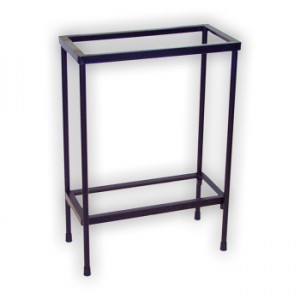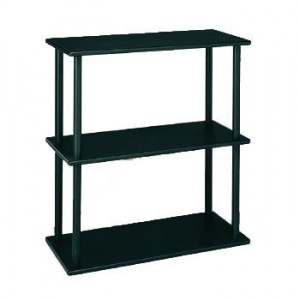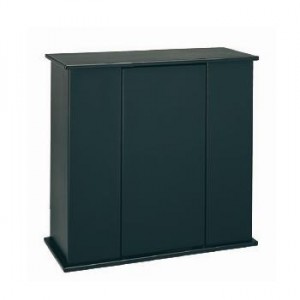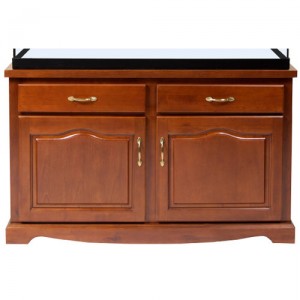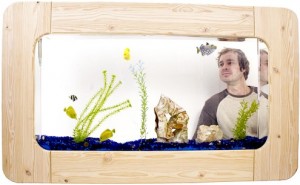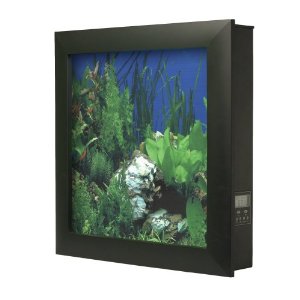So, you have decided to set up a home aquarium. But there is so much to consider before “diving” in. You can find many suggestions at the essential advice page. Here, we are going to focus on your aquarium stand.
When you first start out, you may only have a small aquarium that you set on some pre-existing piece of furniture. This can work fine, but there are several cautions. Aquaria need a lot of supporting equipment, such as fish food, nets, testing kits, and such. And there can be a lot of hoses and wires running to the tank for filters, heaters, and lights. It is not long before you might wish for a system to contain all this stuff. Not to mention, there are always little bits of water that splash out of the tank, say when filling it or cleaning, and you do not want that water getting on nice furniture. It can easily get under the tank and cause a lot of damage while going unnoticed.
The cure for this is a dedicated aquarium stand. There are several common styles you can buy, and like many other things, the nicer they are the more expensive they tend to be.
Regardless of which stand you end of going with, keep a couple of things in mind. First, the stand should be set up level. If the stand is off level, the water in the tank will sit unevenly in the aquarium. Aside from maybe looking a bit funny, the uneven water pressure could cause your tank to crack and break. Secondly, remember that when your tank is full of water it will be very heavy. Water weighs from 8 to 8.5 pounds per gallon, which means a large 55 gallon aquarium can weigh in at 470 pounds. Plus, you then add fish, pumps, rocks or aquarium gravel, and you soon have a very heavy house-hold component.
The most basic stand is a simple welded iron affair, often made out of painted angle iron. They tend to be the least expensive style, are sturdy and very functional. However, they are not particularly attractive. Prices range from $20 – $60 depending upon the size. You could drape this stand with a material cover to make it a bit more attractive.
You can buy special open shelving systems designed for aquaria. Usually, the top shelf is sized correctly for the size of aquarium you have, and there are open shelves below to store your equipment. This style of stand is less “industrial” looking than a simple welded stand. They range in price from about $60 – $150.
Moving up the “niceness” scale would be a closed cabinet, made out of compressed fiber board and often powder coated to make it more water resistant. This style is really just an enclosed version of the open shelf style, but it can be nice to close the doors on the equipment and supplies stored on the shelving. Prices generally start around $120 for this type.
Like any kind of cabinetry, you can get really nice cabinets made out of hard wood and finished with a nice finish. Understandably, the price is much higher, but they look really nice too. You can often get a matching top as well, that sits over the top of the tank and covers the hood and light system, giving a neat, finished look. These nicer cabinets start at $200 and go up from there depending upon size.
You could consider making your own aquarium stand if you have any carpentry skills. A simple closed cabinet style with simple doors would not be hard to make. Just remember to frame it with plenty of vertical supports to hold the tank weight, at least one support in front and back for every 24 inches of aquarium length. Also, use at least a ¾ inch plywood for the top.
A nice aquarium stand is a critical part of your aquarium set up, so give it some forethought, and get the best system you can.
Related Posts:
Aquarium hoods
Essential advice for starting a home aquarium
Aquarium backgrounds explored
